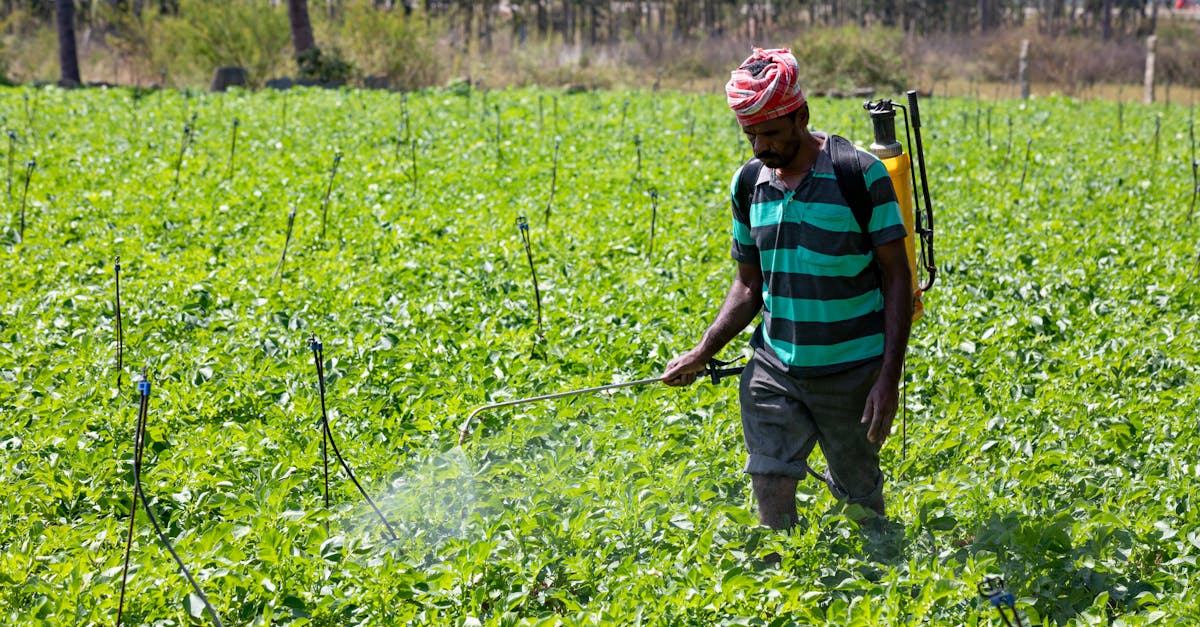Key Takeaways
- LECA (Lightweight Expanded Clay Aggregate) is a versatile growing medium suitable for plant cuttings due to its moisture retention, aeration, and stability benefits.
- Using LECA for cuttings helps reduce the risk of over-watering, root rot, and provides a stable environment for successful root development.
- When selecting LECA for plants, opt for medium-sized, clean, and sterile pellets to ensure optimal water retention and air circulation.
- Follow a step-by-step guide for using LECA with cuttings, including preparing the cuttings, filling the container with LECA, adding water, inserting the cuttings, and monitoring root growth.
- Common mistakes to avoid when using LECA for cuttings include overwatering, poor drainage, and neglecting moisture level monitoring to promote healthy propagation.

What is LECA?
LECA stands for Lightweight Expanded Clay Aggregate.
It’s a popular growing medium made from expanded clay pellets.
These porous balls retain moisture and allow for good air circulation around plant roots.
LECA is commonly used in hydroponic and traditional potting mix setups.
We like to call it the “jack of all trades” because of its versatility. From starting seedlings to supporting mature plants, LECA can do it all. Its lightweight nature makes it easy to work with and reduces the risk of over-watering.
If you’re considering using LECA for your plant cuttings, it’s important to understand its benefits and how to properly incorporate it into your gardening routine. After all, with LECA, you’re giving your plants a solid foundation to thrive.
Benefits of Using LECA for Cuttings
When it comes to propagating plant cuttings, LECA offers some fantastic advantages that make the process smoother and more successful. Here are a few benefits of using LECA for your cuttings:
- Moisture Retention:LECA pellets help maintain the right level of moisture around the cuttings, ensuring they have the hydration they need to root effectively.
- Good Aeration: The porous nature of LECA allows air to move freely around the roots, facilitating healthy growth without the risk of waterlogging.
- Reduced Risk of Rot: With LECA, the chances of over-watering or root rot are minimized, providing a more secure environment for your cuttings to flourish.
- Stability: The stability that LECA provides helps keep the cuttings upright and supported as they establish roots.
By using LECA for your cuttings, you set them up for success from the start. It’s a simple yet effective way to ensure your new plants thrive.

Choosing the Right LECA for Your Plants
When choosing LECA for your plants, consider factors such as size and shape, as they can impact water retention and aeration. Opt for medium-sized LECA that balance moisture and air for cuttings to thrive.
Additionally, ensure the LECA is clean and sterile to prevent the risk of mold or fungus growth. Be wary of using recycled LECA that may contain impurities harmful to your plants’ health.
We recommend checking with gardening experts or reputable sources for guidance on selecting the most suitable LECA for your specific plant types.
For more tips on choosing the right LECA, you can visit Gardening Know How or The Spruce.
Step-by-Step Guide for Using LECA with Cuttings
Here’s how we can successfully use LECA for propagating cuttings:
- Prepare the Cuttings: Trim healthy plant cuttings with clean shears.
- Fill the Container: Fill a clear container with clean LECA to about an inch from the top.
- Add Water: Slowly pour water into the container until the LECA is damp.
- Insert the Cuttings: Gently place the cuttings into the LECA, ensuring they remain upright.
- Cover and Wait: Cover the container with a clear lid to create a humid environment. Check for root growth periodically.
For more detailed instructions, visit Gardening Know How or The Spruce.

Common Mistakes to Avoid When Using LECA for Cuttings
When working with LECA for cuttings, it’s important to be mindful of certain common mistakes that can hinder the propagation process. Here are some pitfalls to steer clear of:
- Overwatering: Excess water can lead to root rot, so ensure the LECA is damp but not waterlogged.
- Poor Drainage: Inadequate drainage can suffocate roots; use a well-draining container to prevent water accumulation.
- Neglecting Monitoring: Regularly check the moisture levels to avoid under or overwatering the cuttings.
For more in-depth guidance on using LECA for cuttings, check out resources like Gardening Know How or The Spruce.
